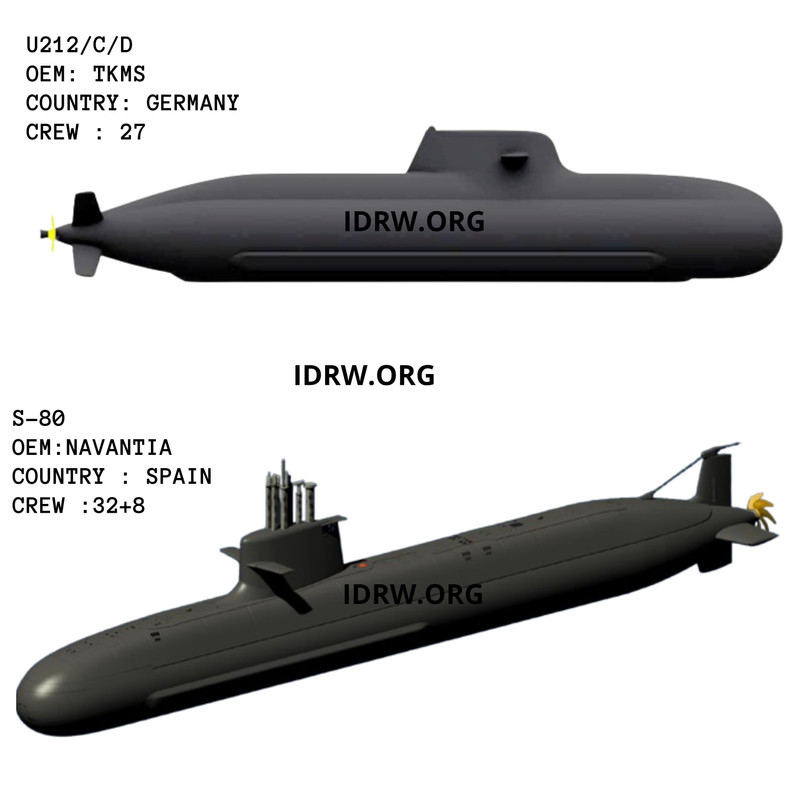SOURCE: AFI

The Indian Navy’s quest for six next-generation submarines is nearing a critical juncture. After completing Field Evaluation Trials (FET) on both contenders, the S-80 offered by Navantia (Spain) and the T-214 by Thyssenkrupp Marine Systems (TKMS) (Germany), the program is set to enter the selection and negotiation stage.
The Indian Navy will meticulously analyze the performance data from the FETs to select the submarine that best meets its operational requirements. This selection will pave the way for price negotiations with the chosen vendor.
The Indian Navy has stipulated a minimum of 45% indigenous content in the first submarine, rising to 60% by the last. Interestingly, both companies have offered a higher 60% indigenous content from the very first vessel. This focus on self-reliance will significantly boost India’s domestic shipbuilding capabilities.
With efficient negotiation processes, a deal could be inked by late 2025 or early 2026. Following the signing, the first submarine is expected to be delivered by 2032-33, adhering to the Indian Navy’s Request for Proposal (RFP) timeline.
Germany is particularly enthusiastic about securing this high-stakes contract. Their government is actively engaged in discussions with the Indian government, recognizing the potential for further orders. This scenario mirrors the Kalvari-class program, where the initial six-submarine contract was later expanded by three additional follow-on orders.
The Indian Navy’s next-generation submarine program holds immense significance for India’s maritime security and self-reliance in defense technology. The upcoming selection and negotiation phase will be crucial in determining the program’s success.